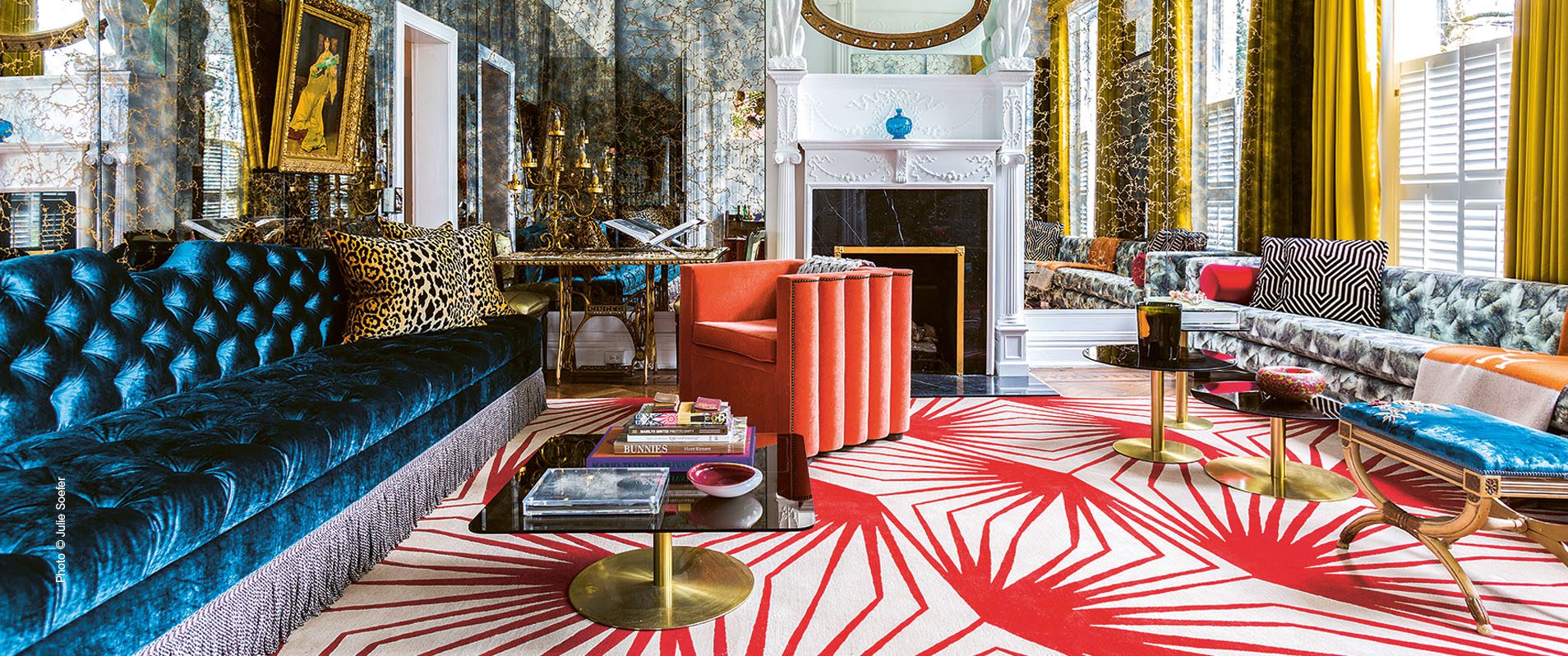7 Elements of Interior Design

Interior design is an art and science of improving the interior of an existing building to create a healthier and aesthetically more pleasing surroundings for the people who use the space. An interior designer is a person who designs, plans, coordinates, and handles such improvement projects. The term interior designer also refers to a member of the profession who works in conjunction with architects, interior designers, and builders to put together a space that will meet the needs of whatever users may be. Interior designers spend a lot of time researching existing buildings and determining the way they are built as well as the way they should be modified to make the building more user-friendly. It is the designer’s goal to incorporate those changes into the structure while maintaining its integrity, so that the building does not appear out of place.
- Interior decorating uses a different set of skills and tools than just plain painting the walls or designing the layout of a room.
- many people think of painting walls with the same brush as an interior decorator would, in truth, there are some major differences between the two.
- Interior designers do not simply paint the room with one color, and furniture decorating requires a different style of application and a different coloring technique.
- Interior designers will often use a palette with several colors that change depending on the design theme, but they will also sometimes use a single color for the walls and another for the furniture. Furniture decorating requires a different sort of skill, as it requires laying out the furniture in advance in order to determine the best way to arrange the pieces so that they will match.
Furniture decorators:
Furniture decorators will also need to pay attention to the placement of the furniture in order to place it in a way that maximizes its usefulness and functionality. Interior designer will work closely with architects to decide how each piece of furniture should be placed in the room so that it is the most efficient space possible. Designers will also often discuss flooring and other decorative details with an architect so that the interior designer has a complete understanding of the room’s functionality.
In addition to the planning and furniture placement, interior designers will also receive some formal training in mathematics, art history, home construction, interior decoration, and other topics related to interior design. Interior designers attend a variety of college degree programs in addition to receiving their Associates and Bachelor’s degrees in the field. At the master’s level, students will learn the more advanced topics of architectural theory, drafting, interior decoration, furniture design, and sustainability. The more advanced trainees may choose to attend four-year universities or vocational colleges that offer specialized certifications in their specific areas of expertise. These certifications can give potential employers an idea of the person’s higher level of training and qualification.
Planning and coordinating interior design:
Planning and coordinating interior design and layout is made easier by the use of computer aided design (CAD) software. Computer aided design programs will lay out the furniture and other interior design elements in three-dimensional space. By manipulating the different pieces of furniture and interior accessories using CAD programs, the interior decorator is able to make it as small as possible or as large as desired. Although these programs are very complicated, they have revolutionized the process of interior design. By using CAD software, the interior decorator is able to create floor plans, showrooms, space planning, sketches, and much more.
Home decorating:
When planning your new home decorating project, take into consideration all of the design elements in the room. Make sure you are considering the purpose of the room, what type of ambiance you want, how much space you have to work with, how functional the furniture and accessories are, and any aesthetic elements you would like to incorporate. The elements of interior design that you will be introducing into your home should all work together to create a pleasing space. If the elements of your room do not complement each other, there is no way they will be used to create the ambiance and aesthetics that you desire.





